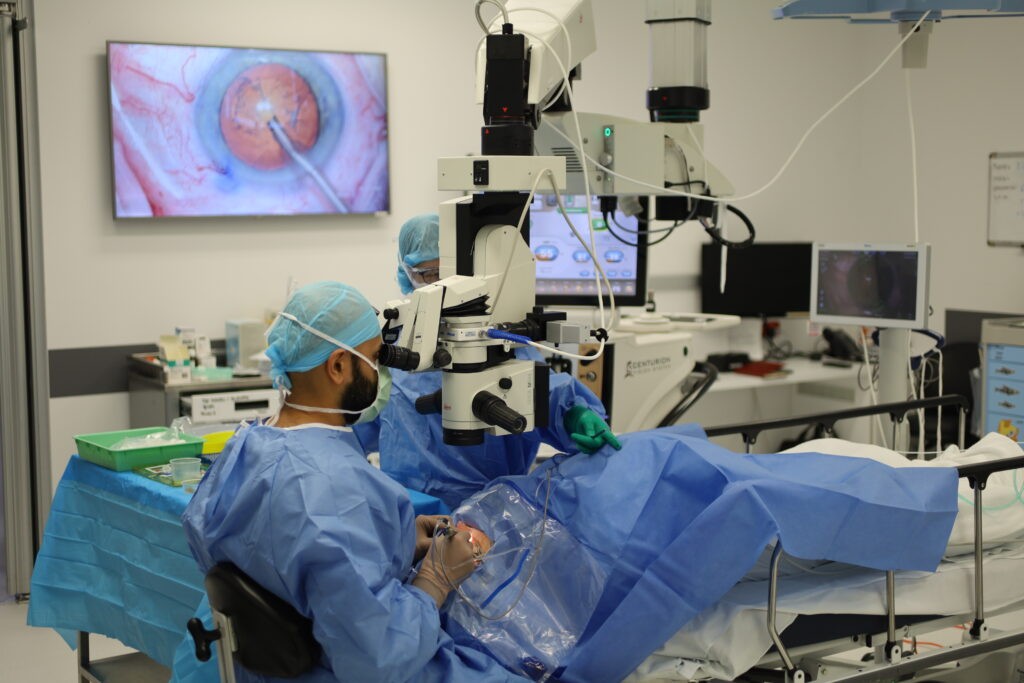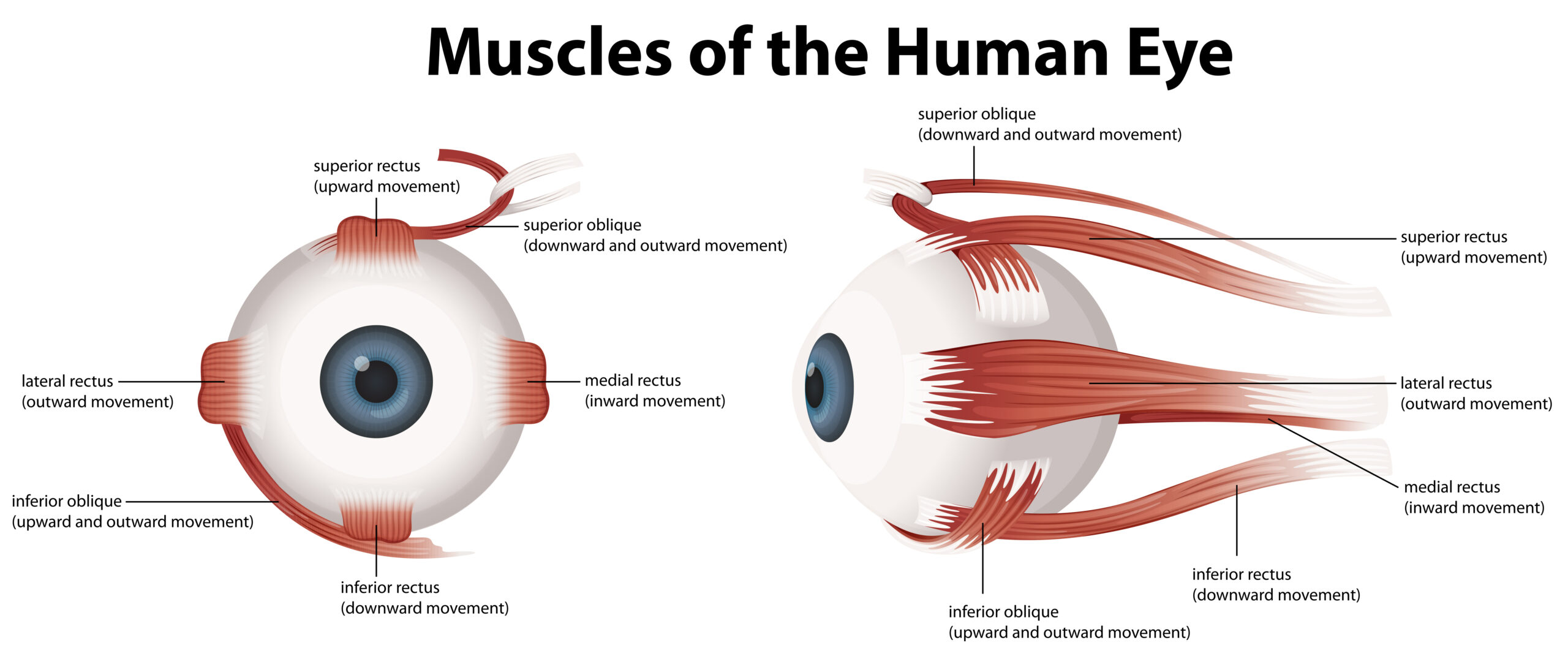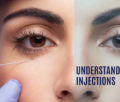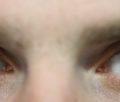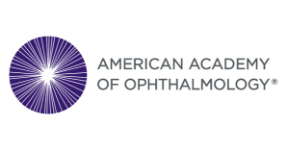Table of Contents
Cataract is one of the most common eye diseases, caused due to cloudiness of the natural lens inside the eye. It is generally seen in older people, due to buildup of proteins and waste products over many years. This leads to the lens not being crystal clear, thereby reducing the clarity of vision.
Cataract surgery is a procedure in which the cloudy lens is removed, and replaced by an artificial clear lens. With the advancements in medical technology, these procedures are generally very safe with a short recovery period.

Why is cataract surgery necessary?
Cataracts do not develop suddenly; they take some time to be form and usually progress gradually. Formation of halo and glare at night time can be an early symptom of cataracts. Slight variations in vision, colour perception, loss of contrast are among the few symptoms considered for early diagnoses.
Cataract surgery was performed for mature dense cataracts many years ago. However, with the safety and efficiency of modern cataract surgery, earlier surgery is now recommended to allow for more years of improved quality of life.
There are two surgical options to consider: Traditional cataract surgery and Laser-assisted cataract surgery.
What is traditional cataract surgery?
Cataract surgery is among the most frequently performed surgery around the world. These are performed mainly on an outpatient basis because the procedure requires very little recovery time.
The lens is removed using phacoemulsification, which is an ultrasound technology used to break up the lens safely and remove it from the eye.
In traditional cataract surgery, the ophthalmologist makes an incision in the eye (cornea) using a fine blade. Microsurgical instruments are used to go behind the pupil and reach the capsule of the lens. Then a circular opening is made in the lens capsule. Through this opening, a pen-shaped probe is inserted. This produces sound waves (ultrasound) to break up the cataract. Through vacuum, the cloudy lens is completely removed.
An artificial intraocular lens (IOL) is used to replace the natural lens. The lens power and model is unique to each eye for each patient. The corneal incisions are usually self-sealing, and no sutures are required. For the majority of patients, traditional cataract surgery leads to excellent outcomes in the hands of an experienced surgeon.
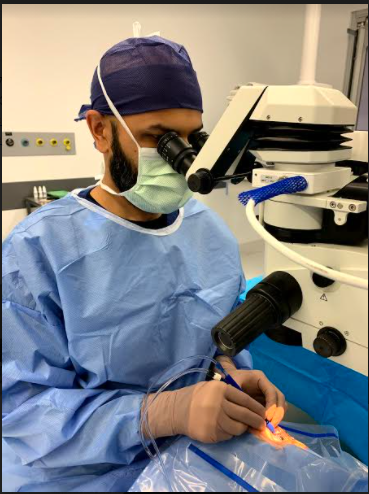
What is laser-assisted cataract surgery?
In Laser-assisted cataract surgery, a laser instrument is used to perform certain parts of the surgery including the corneal incisions, opening in the lens capsule, and breaking up the lens. After the incision, the front portion of the capsule covering the lens is removed through a capsulotomy process. It is carefully done so that the rest of the capsule remains intact to withhold the artificial lens for the long run. The same phacoemulsification machine (ultrasound) is used to remove the lens.
In most instances, there are no significant benefits of laser-assisted cataract surgery over traditional cataract surgery. However, the laser does help to improve precision in terms of centering of the intraocular lens and IOL positioning.
Laser-assisted surgery is not available in all centres, and is associated with additional fees.
Comparison between traditional and laser-assisted cataract surgery
Both traditional and laser-assisted cataract surgery provide excellent results for most patients. The only difference is in the tools and methods used. Cataract surgeries undergo three major steps irrespective of the surgical type. Accessing the lens, removing the cloudy lens and replacing it with an artificial lens. It’s important to understand how each surgical method undergoes these steps.
The incision is made with the most accuracy in laser-assisted cataract surgery as the eye is thoroughly studied using advanced imaging. In the case of the traditional method, it is dependent on the surgeon’s experience. There are chances of forming irregular edges, while in laser, the edges are perfectly round.
In the traditional method, ultrasonic energy is used to break up the cataracts, creating large pieces, inducing pressure in other parts of the eyes. In the laser method, the cataracts are first made softer, and then ultrasound waves are used in lower intensities to break it into finer pieces. This reduces the stress of the process of cataract removal on the other parts of the eye.
How to choose the right cataract surgery?
Choosing the surgical method is dependent on the need and the surgeon’s experience. Though both surgical methods are effective, the decision should depend on a complete understanding of the process. You should discuss with your ophthalmologist about the condition and the possible results from each.
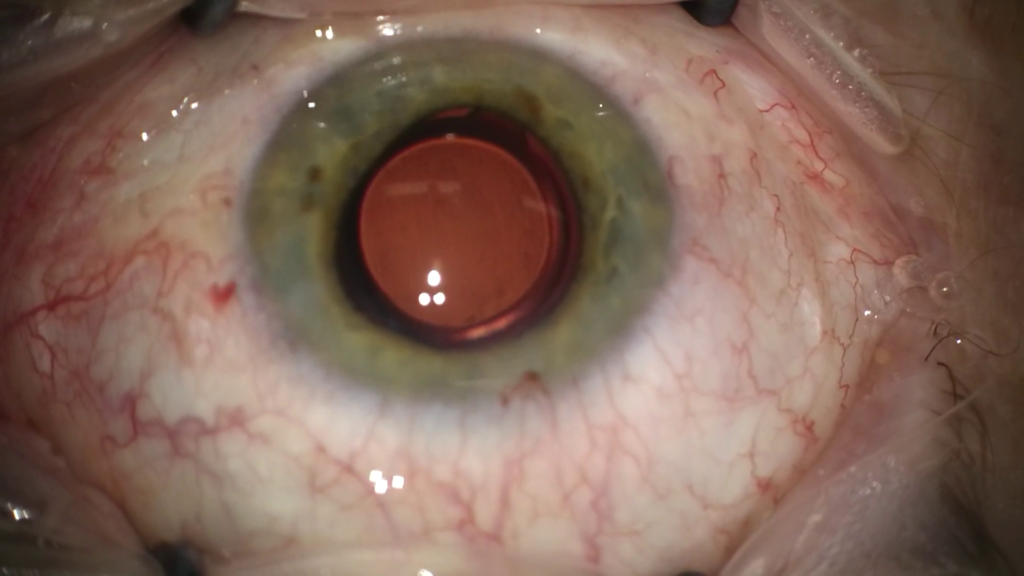
Conclusion
Cataract surgery is a relatively simple procedure that can have a major impact on quality of life. It is important to have a regular eye examination to diagnose cataract and seek the best treatment at the earliest stage.
Dr Parth Shah is an ophthalmologist who specialises in eye surgeries and most eye-related issues for all ages. Dr Shah uses evidence-based diagnosis and treatment methods, and the latest technology. He provides the treatments tailored to the individual patient, to achieve the best outcomes for them.

